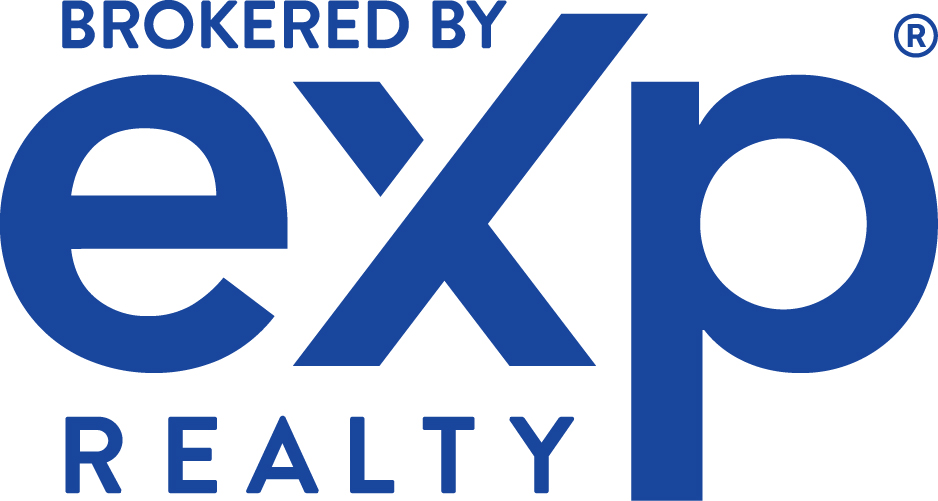1. Schedule your calls.
People are busy these days, and the chances of you catching them at an opportune time without making an appointment are slim. Scheduling your follow-up call <www.outboundengine.com/blog/follow-up-tips/> is the polite and professional thing to do.Of course, there will be exceptions to the rule. An angry client may want a callback immediately, or the request might be time-sensitive. Use your best judgment. Bonus Tip: Be ready to leave a brief phone message, even if you’ve scheduled the call beforehand.
2. Be prepared. People know when you’re unprepared, and it’s not a confidence booster. Instead of wasting their time and yours, do some prep work beforehand.
Thanks to Google and social media <www.outboundengine.com/blog/social-media-guide/>, it’s easier than ever to gain insight into a prospect’s personal background and interests. As for existing clients, they should already be in your database, along with information about their interactions with your marketing and web content.
This should be more than enough info to put together some helpful talking points and focus the purpose of your conversation. You don’t necessarily need a script — keep it natural — but being prepared helps you come across as a competent professional.
3. Ask questions that get answers. This isn’t as simple as avoiding “yes” or “no” questions. For many of us, asking effective questions isn’t always easy. The questions you ask, as well as the questions you don’t, have a major impact on the success of your conversations.
Leading the witness: “You changed your furnace filter this past spring, right?” Multiple choice or multiple questions: “Did you change your furnace filter last month, last fall or has it been even longer? Do you know if maybe your spouse took care of it? Has anyone else performed service on it recently?” Rambling: “Have you ever changed the furnace filter? You know, you really need to change the filter every spring and fall, sometimes more if you’ve got pets or smokers in the house. I knew this one guy…”
4. Keep the conversation balanced. A useful phone conversation requires equal parts give and take. If you’re doing all of the talking, you won’t get the customer’s input. But if you’re doing all of the listening, then you’re not asking the questions necessary to draw insight from the customer.
To establish rapport, learn the client’s pain points and communicate your value proposition effectively, you have to keep the conversation balanced.
Be sure you give them time to answer before asking your next question. If they feel like you’ve steamrolled the conversation, their interest in working with you any further will be unlikely. Improve your follow-up calls by being an attentive listener and active participant.
5. Ask follow-up questions. <3e8srg4b6qwh33x5ic36aap8-wpengine.netdna-ssl.com/wp-content/uploads/2016/06/shutterstock_547763968.jpg> Ask your questions and listen to the answers. Don’t interrupt, but don’t be afraid to ask follow-up questions if you need more information. Follow-up questions can also be useful in guiding the conversation, especially if you’re talking to someone who is chatty or has trouble staying on topic.
6. Clarify answers by repeating them back to the client in your own words. When you place an order at the drive-thru window, they often read the order back to you before ringing it up. This is done to ensure your order is correct. This same technique can work wonders when following up with clients.
No matter how hard you listen during a call, there’s always the chance of a misunderstanding. Maybe the client gave a vague or complicated answer, or maybe you just misheard the response. Repeating the answer back to the client allows you to clarify the information and keep it from becoming a problem.
7. Know how to use your phone. <3e8srg4b6qwh33x5ic36aap8-wpengine.netdna-ssl.com/wp-content/uploads/2016/06/work-your-phone.jpg> This should go without saying, but how many times have you been on a call with someone who didn’t know how to mute the phone, much less patch in an associate or transfer a call? If you’re in a business where phone technology can make your follow-up calls complicated, make sure you know what you’re doing before getting the client on the line.
Give yourself a few minutes before the call to make sure you know how to navigate any potential technological issues.
8. Send a follow-up email to recap the call. That’s right — you should follow up the follow-up! After the call, compile the highlights of the conversation and any outstanding items that need following up. The purpose of this recap email isn’t to provide a word-for-word summary of the conversation but to instead thank the client and recap the major talking points of the call for future reference.
These follow-up emails also ensure any action items or responsibilities are clear to both sides. A clear recap email will improve your follow-up calls and keep the conversation going in a productive and useful way.

